India
Space Workforce Trends in the United States, Europe, Japan, and India, 2011-2021
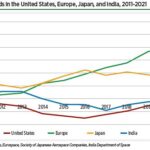
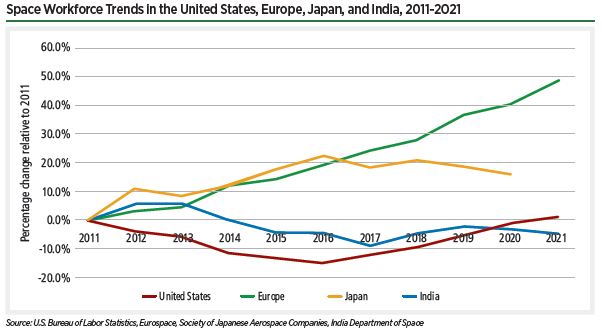
The U.S. space sector is composed of more than 198,500 individuals across private sector and government organizations. Private sector space employment continued a trend of growth that began in 2016, adding approximately 3,000 new workers from 2020 to 2021 to reach 151,797 individuals. Space manufacturing led this growth, offsetting a slight decrease in the size of the satellite telecommunications workforce.
Indian Department of Space Employment, 2011-2021
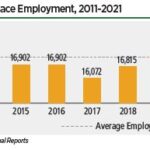
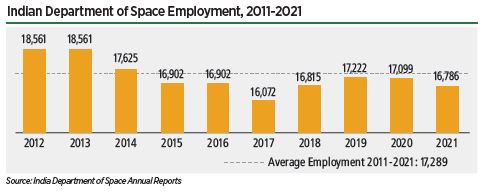
India’s Department of Space had 16,786 employees as of October 2021, a decrease of 1.8% from the previous year. India’s Department of Space had 16,786 employees as of October 2021, a decrease of 1.8% from the previous year. About 75% of the workforce is composed of science and technology workers, while the remainder focus on administration.
Europe Continues to Lead in Global Workforce Job Growth
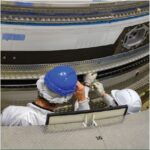
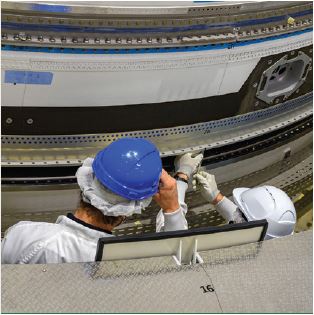
The space industry relies on skilled individuals from a wide variety of fields to enable the cutting-edge developments taking place in this sector. While many countries do not regularly produce metrics on the size of their workforce, these data are available for several major space actors, including the United States, Europe, Japan, and India.
Orbital Launch Attempts, 2021
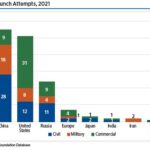
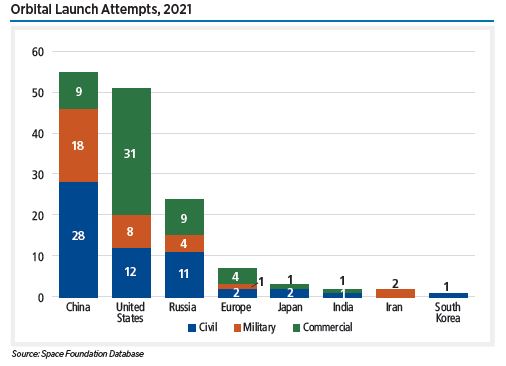
Of the 55 commercial launches attempted in 2021, 31 occurred in the United States. Of these, 23 were carried out by SpaceX, all of which were successful. China and Russia each conducted nine commercial launches in 2021. All six Russian launches were conducted on the Soyuz launch vehicle, and all were successful.
Government Space Spending Increases 19% from 2020 to 2021
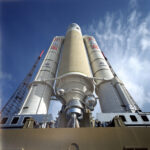
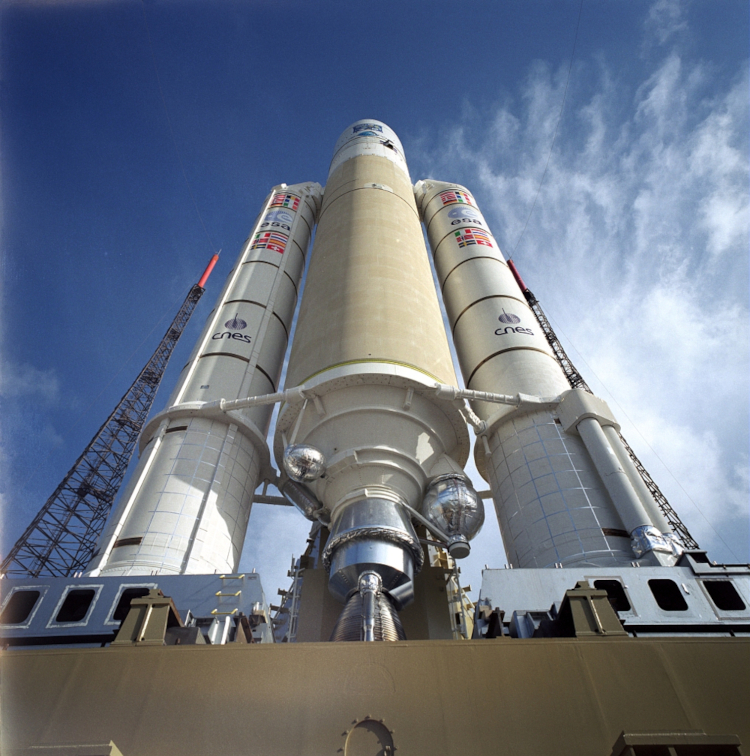
Total government space spending in 2021 reached $107 billion, a 19% increase from 2020, based on Space Foundation analysis. Space Foundation examined government space spending of 46 nations, including 14 nations new to the analysis this year.
Commercial Space Revenue Climbs More Than 6%, Edging Toward $400 Billion Annually

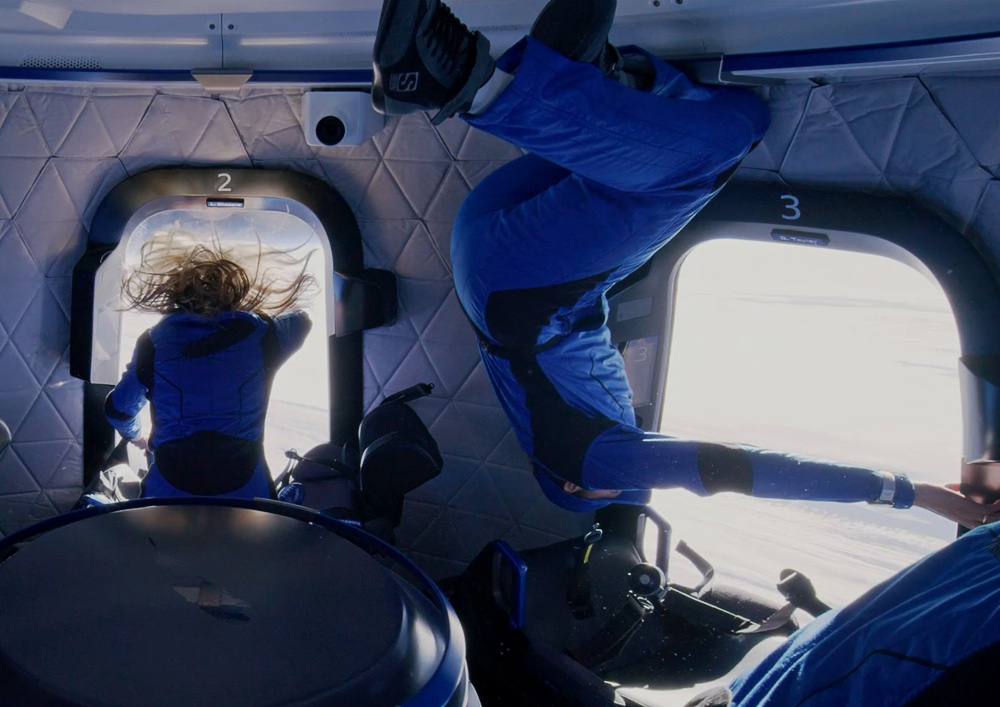
Commercial space activity refers to efforts undertaken by private industry with little or no government investment. Commercial space revenue in 2021 totaled $362 billion.
Advances in Nuclear Reactors Could Power NASA Missions on Moon, Mars
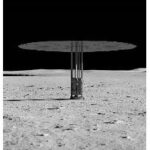
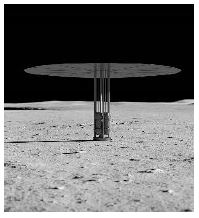
After a decades-long hibernation, nuclear fission power has come back into fashion for NASA and other agencies as a way to deliver power to remote locations and drive spacecraft at speeds other fuels cannot deliver.
State of Space 2022
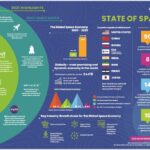
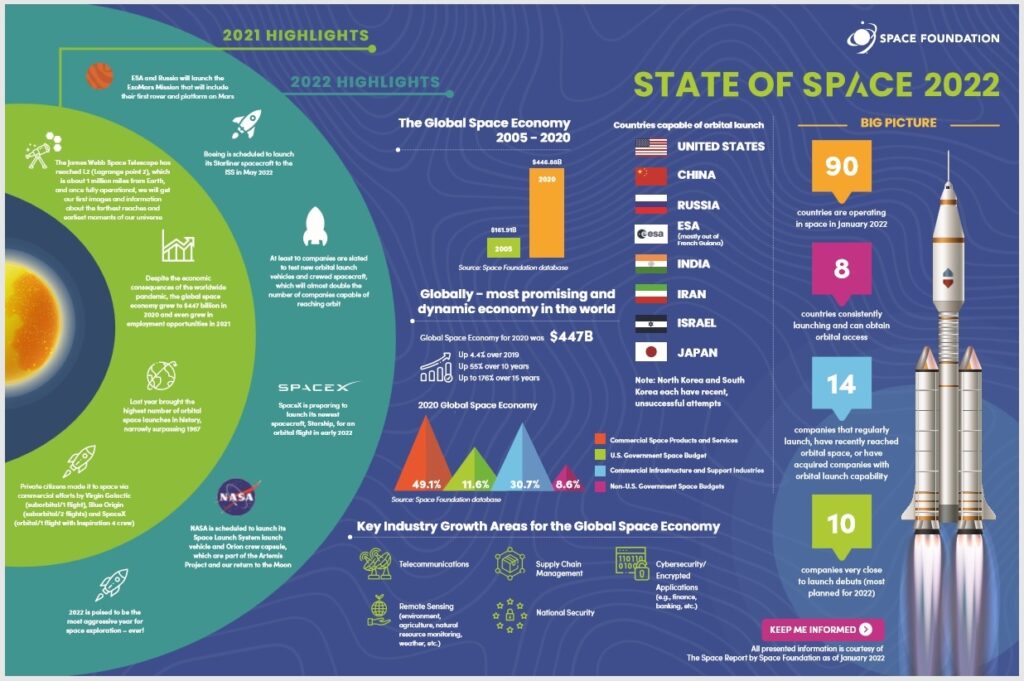
The Space economy hit $447 billion in 2021 and the pace of growth was expected to accelerate in 2022.
Launch Attempts by Country and Mission Sector, 2021
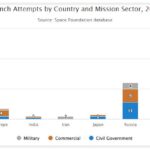
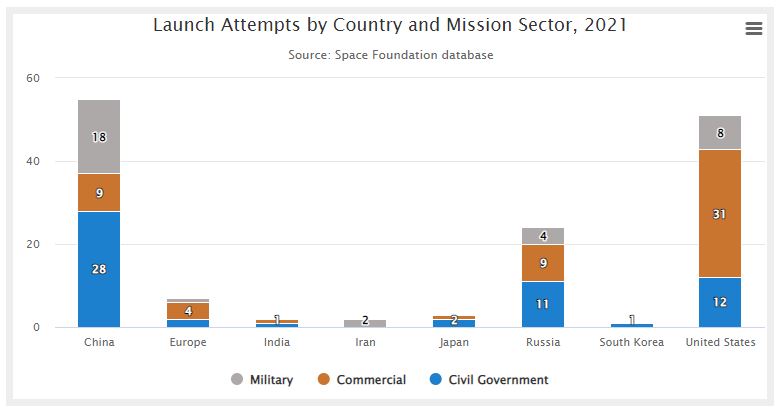
This interactive chart tracks 2021 launch attempts and shows that commercial launches have become the largest mission sector in the United States.
Global Orbital Launch Attempts, 2021
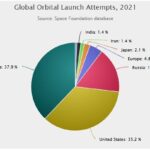
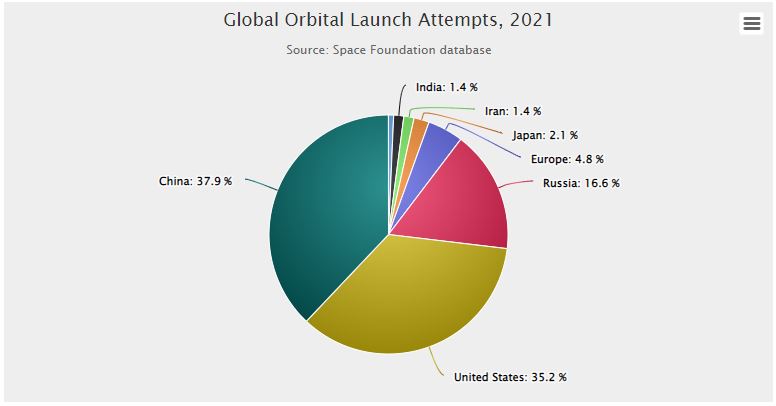
Seven nations conducted orbital launches in 2021, with China, the United States and Russia continuing a years-long lead in launch activity.